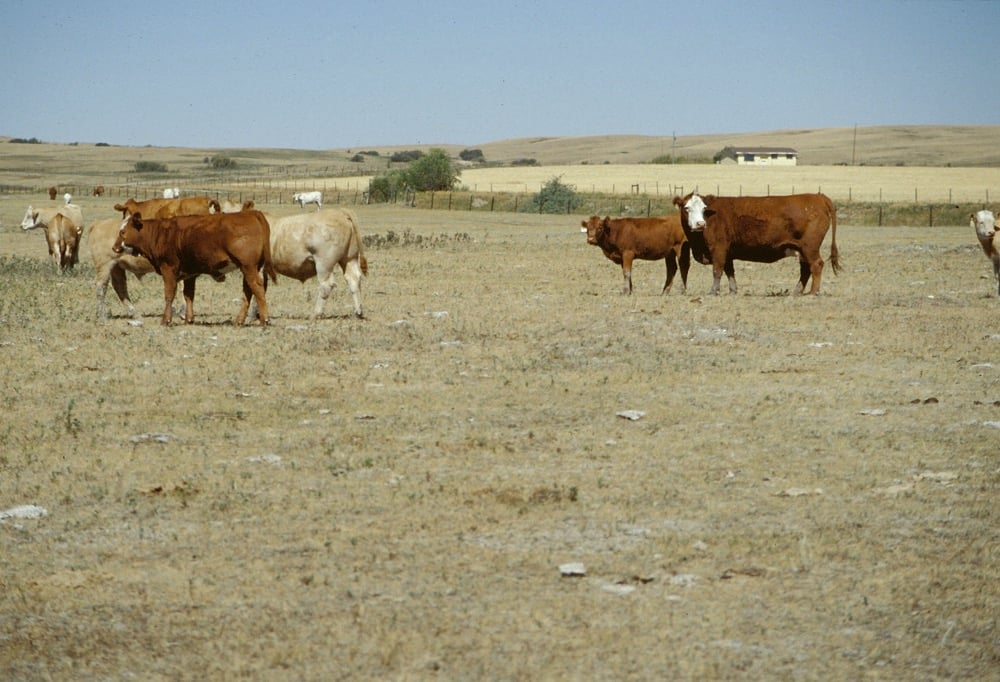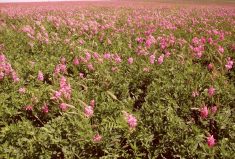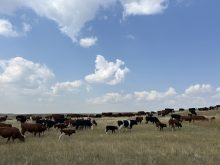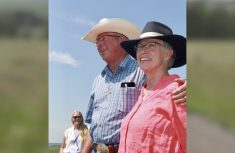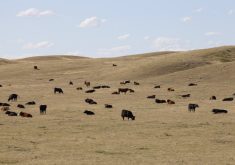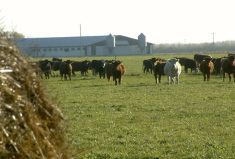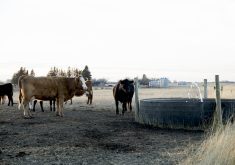Drought in Western Canada and Quebec has prompted the federal government to release an initial list of regions eligible for livestock tax deferrals.
The livestock tax deferral provision allows livestock producers in prescribed drought, flood or excess moisture regions to defer a portion of their 2019 sale proceeds of breeding livestock until 2020 to help replenish the herd. The cost of replacing the animals in 2020 will offset the deferred income, thereby reducing the tax burden associated with the original sale.
Read Also

Body condition, nutrition and vaccination for brood cows
One of the remarkable events of the past century related to ranching has been the genetic evolution of brood cows….
“Canadian producers have had to face numerous challenges due to extreme weather conditions. It is a priority for our government to quickly determine how the livestock tax deferral will be authorized to ensure that our producers have the support necessary to make informed herd management decisions and to help them keep their businesses strong,” said Marie-Claude Bibeau, minister of Agriculture and Agri-Food, in a release.
The criteria for identifying regions for livestock tax deferral is forage shortfalls of 50 per cent or more caused by drought or excess moisture. Eligible regions are identified based on weather, climate, and production data, in consultation with industry and provinces.
Eligibility for the tax deferral is limited to producers located inside the designated areas. Producers in those regions can request the tax deferral when filing their 2019 income tax returns.

